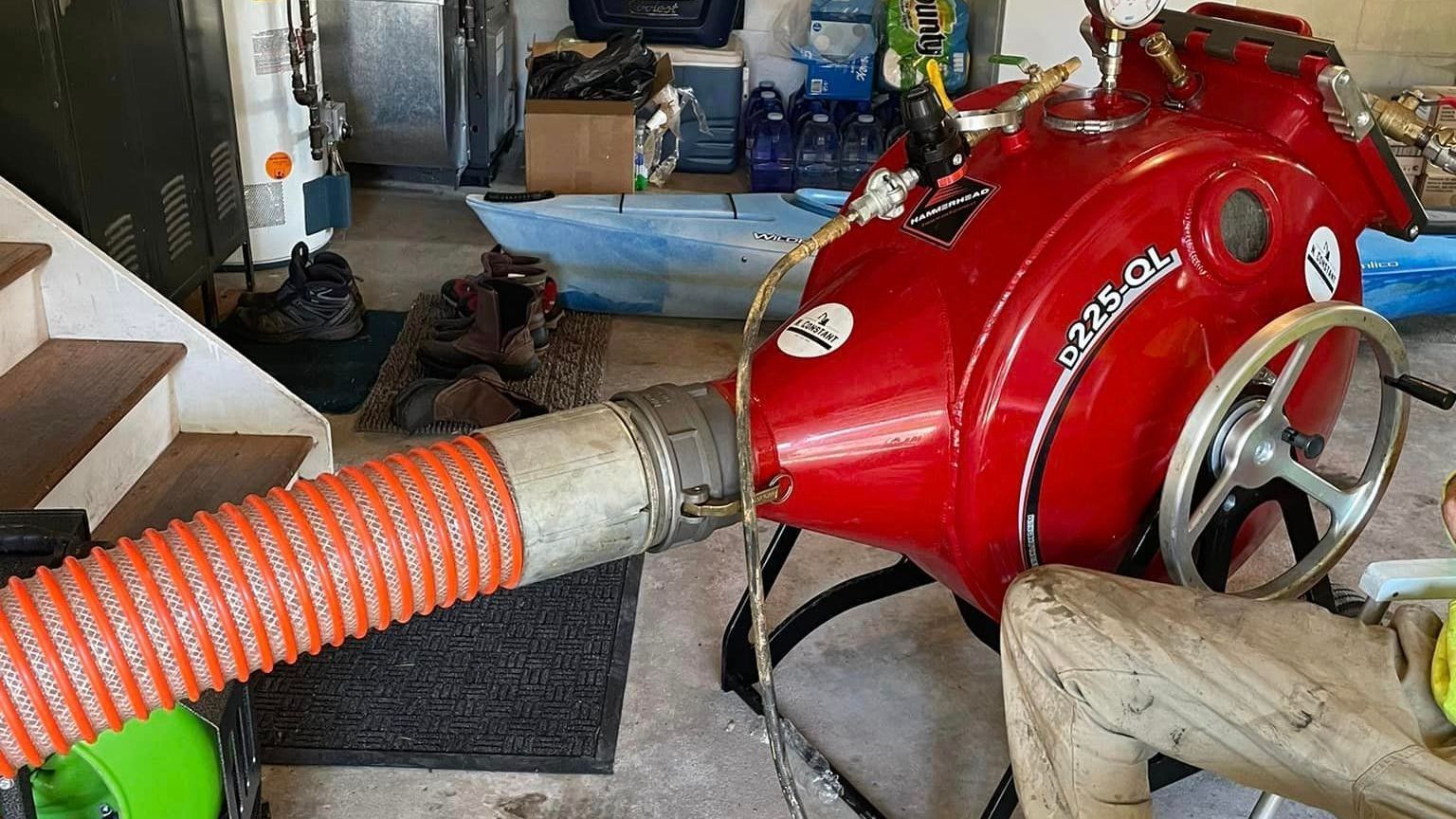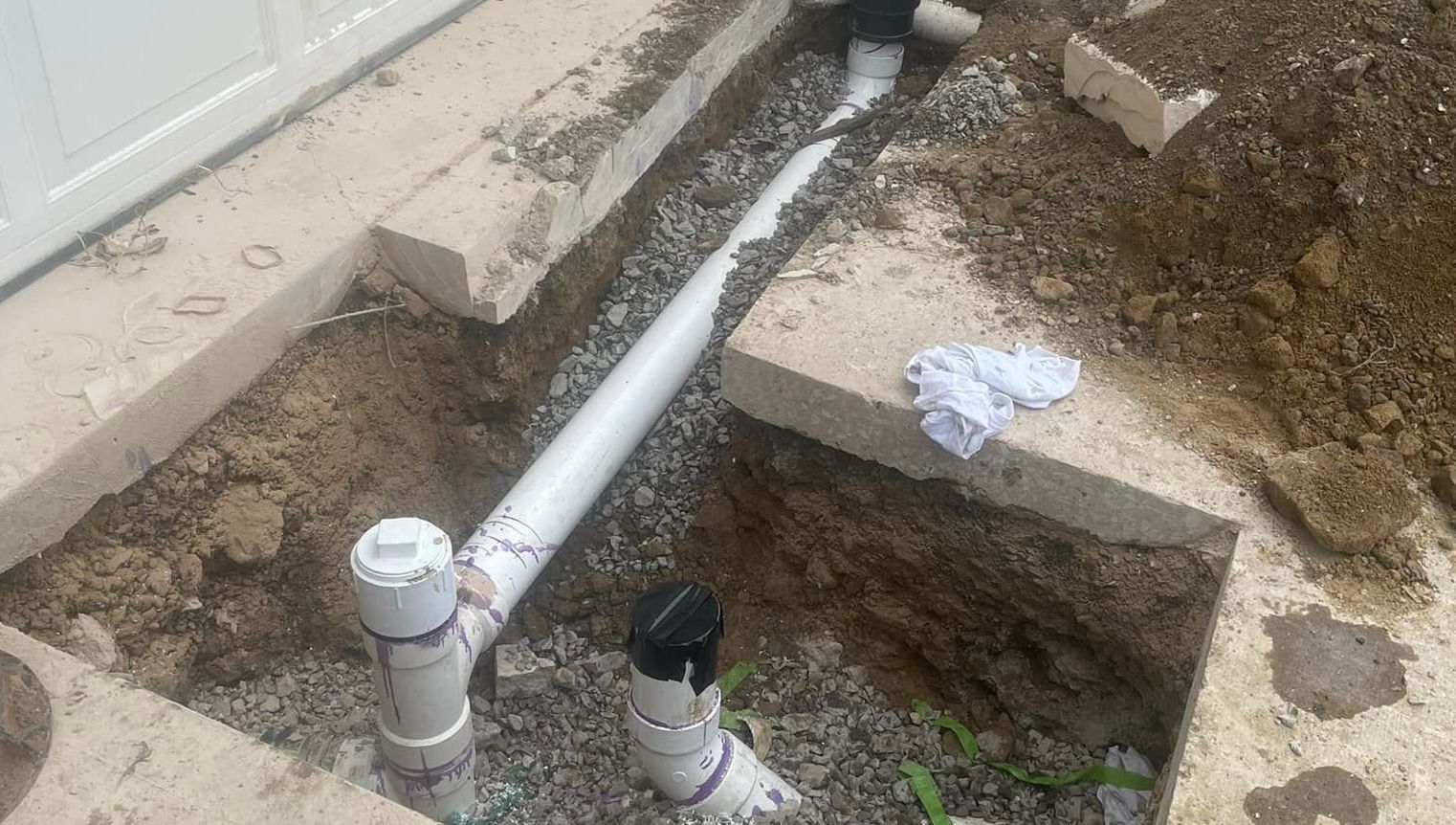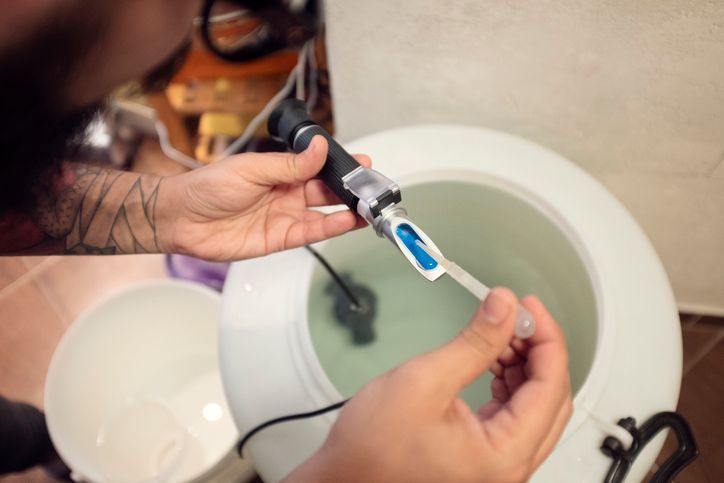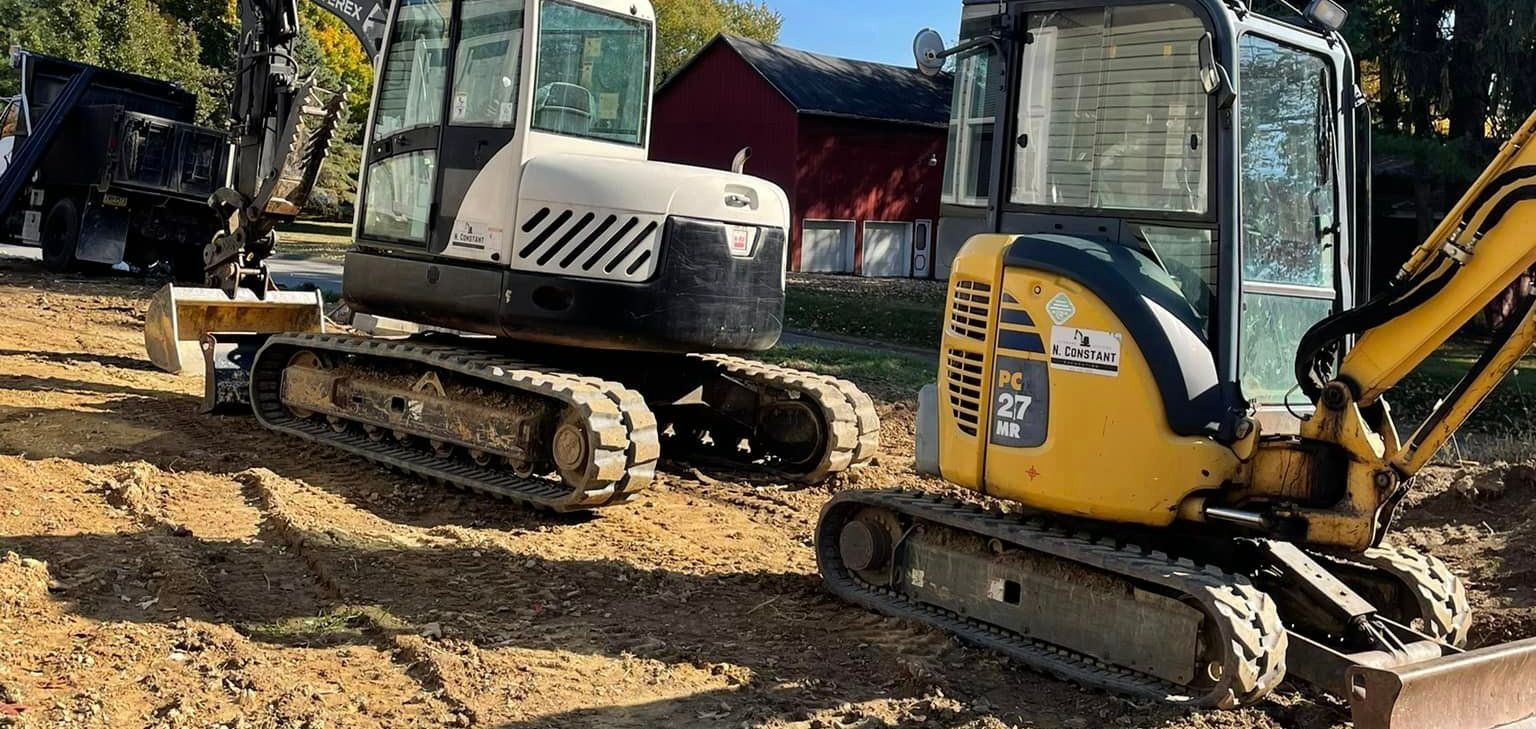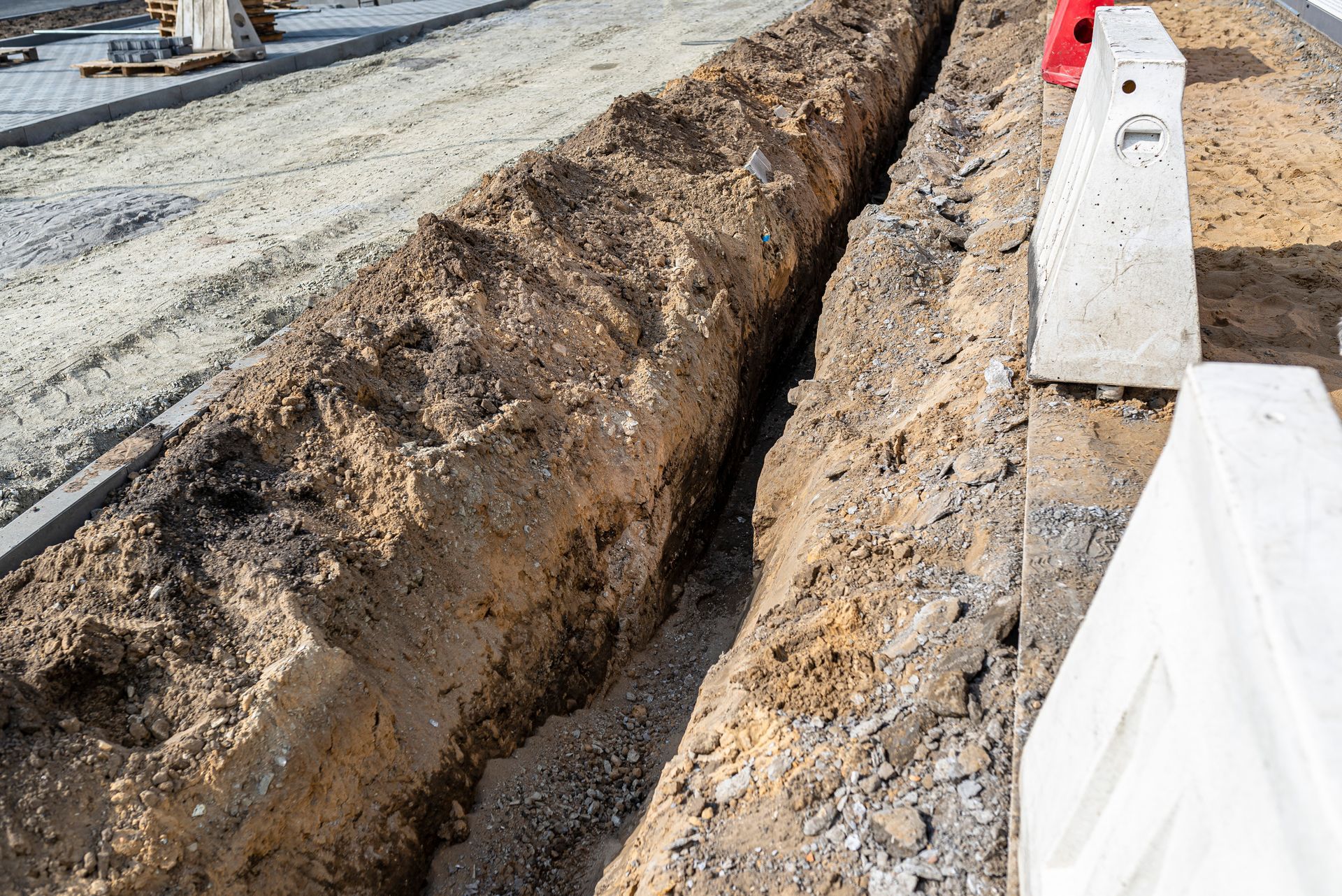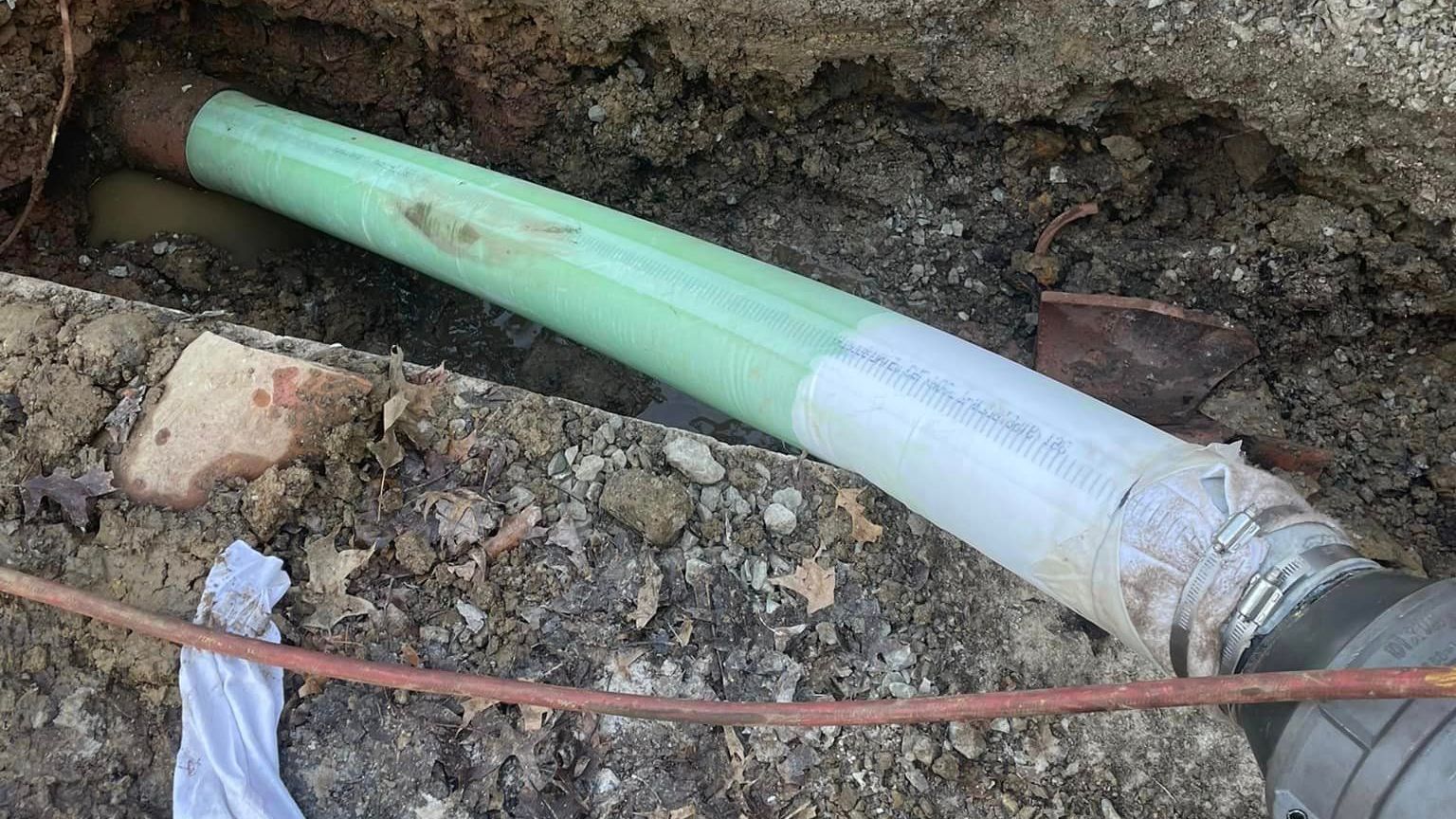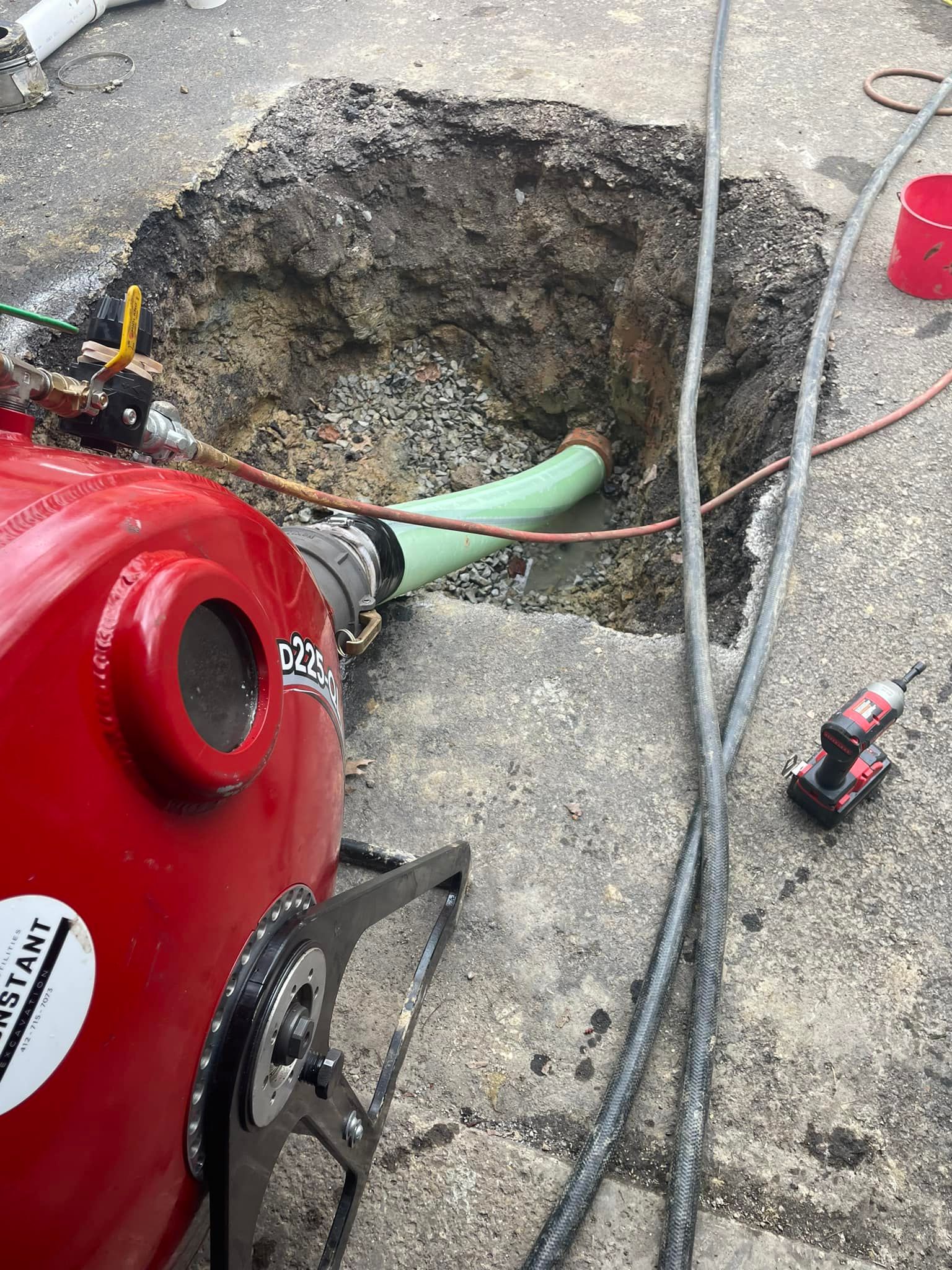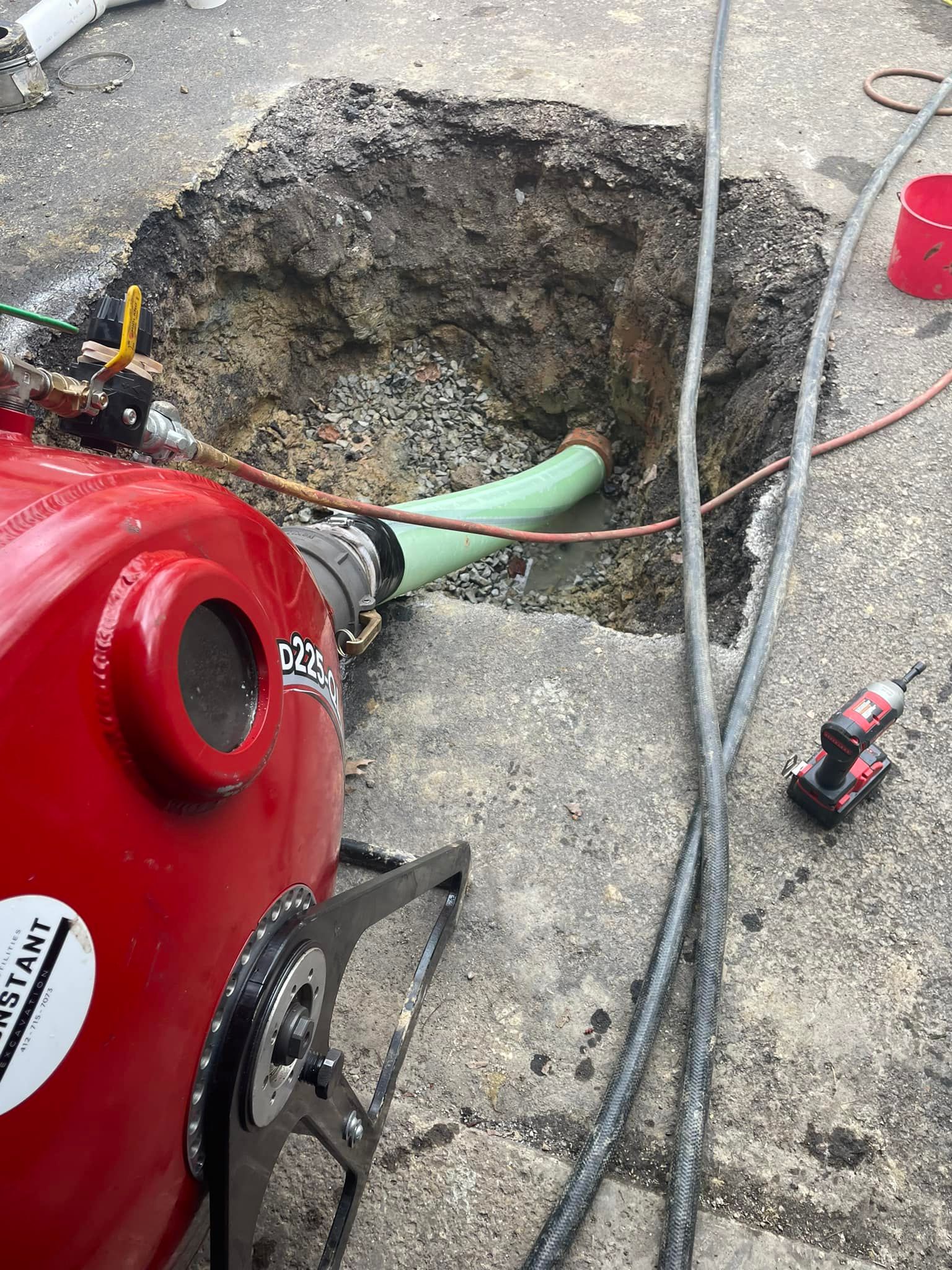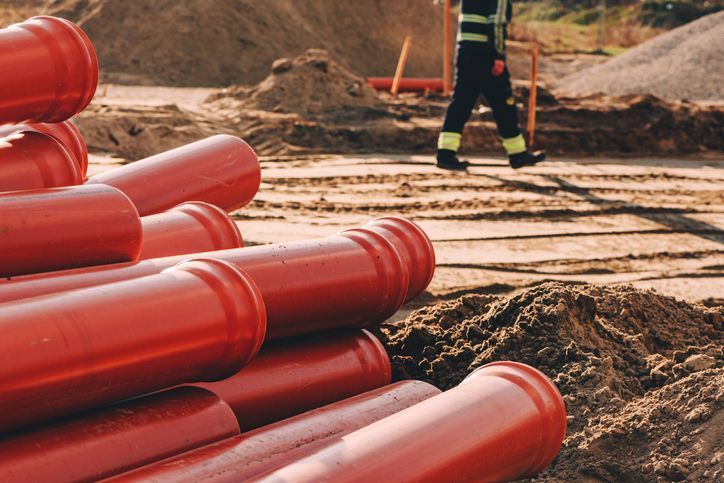How Can I Tell if I Need a Drain Line Repair?
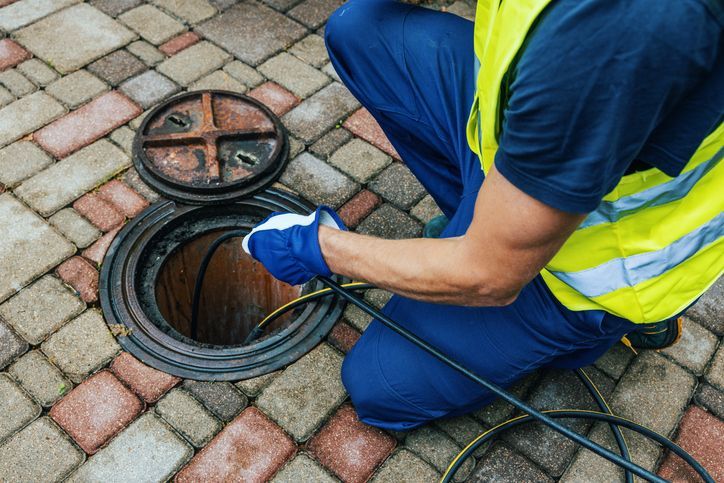
Your home's plumbing system is crucial to keeping everything running smoothly. But when things go wrong, it can be hard to tell if you need a simple fix or something more serious, like a drain line repair. Here’s how to recognize the signs and understand what might be causing the problem.
1. Slow-Moving Water in Your Sink or Bathtub
One of the first signs that you might need a drain line repair is slow-moving water in your sink, bathtub, or shower. When you pull the plug or drain your sink, does the water linger before it finally disappears? If so, it could indicate a clog in the drain line. While minor blockages can sometimes be cleared with a plunger or drain cleaner, persistent issues often point to a more severe problem.
2. Water Backing Up in Unusual Places
Another red flag is when water starts backing up into places it shouldn’t. For example, if you notice water from your washing machine draining into your bathtub or water pooling in your basement, it could mean that your drain line is compromised. This issue often occurs because the water is unable to flow freely through the pipes, forcing it to seek an alternate path. This not only creates a mess but also signals that your drain line may need immediate attention.
3. Gurgling Noises or Foul Odors
If you hear gurgling noises when you flush the toilet or run the sink, it could be air trapped in the pipes due to a blockage. Similarly, foul odors coming from your drains can indicate a buildup of debris in the drain line. These are both signs that something is obstructing the flow of water and could mean that your drain line needs repair.
4. Unexplained Wet Spots in Your Yard
Sometimes the signs of a drain line issue aren’t inside your home but outside. If you notice wet or soggy spots in your yard, especially when it hasn’t rained, it could indicate a broken drain line. These wet areas are often caused by leaks in the underground pipes, allowing water to seep into the soil.
Causes of Drain Line Damage
So, what causes a drain line to break or become obstructed in the first place? Here are a few common culprits:
1. Tree Root Intrusion
One of the most common causes of drain line damage is tree root intrusion. As trees grow, their roots naturally seek out sources of water, which can lead them to invade your drain lines. Over time, these roots can cause blockages or even break the pipes, leading to serious drainage problems.
2. Shifting Soil or Ground Movement
Shifting soil or ground movement can also lead to drain line damage. This is especially common in areas with clay soil, which expands and contracts with changes in moisture levels. As the ground shifts, it can put pressure on your drain lines, causing them to crack or collapse.
3. Aging Pipes
Like all things, drain lines don’t last forever. Over time, the materials used in older pipes can corrode, crack, or collapse. If your home has old plumbing, it’s more likely that you’ll encounter issues with your drain lines as they age and deteriorate.
4. Heavy Rainfall or Flooding
Heavy rainfall or flooding can overwhelm your drainage system, leading to backups or even pipe breaks. The excess water can put pressure on your drain lines, especially if they’re already compromised, causing them to fail.
When to Call a Sewer Line Professional
If you’re experiencing any of the issues mentioned above, it’s important to call a professional plumber as soon as possible. Drain line problems can quickly escalate, leading to more severe damage and costly repairs if not addressed promptly. A professional can assess the situation, identify the cause of the problem, and recommend the best course of action to restore your drainage system to full functionality.
N. Constant is Your Pittsburgh Pipelining Pro.
Recognizing the signs of a drain line problem early can save you time, money, and stress. Whether it’s slow-moving water, unusual backups, or gurgling noises, don’t ignore these warning signs. Understanding the potential causes of drain line damage—like tree root intrusion, shifting soil, aging pipes, and heavy rainfall—can help you take proactive steps to prevent more significant issues down the road. If in doubt, always consult with a professional plumber to ensure your home’s plumbing system remains in good working order.
